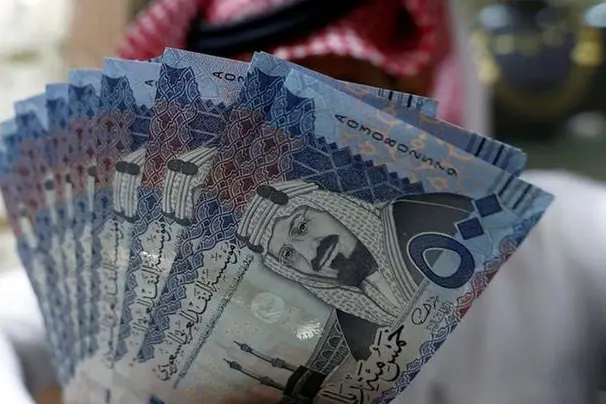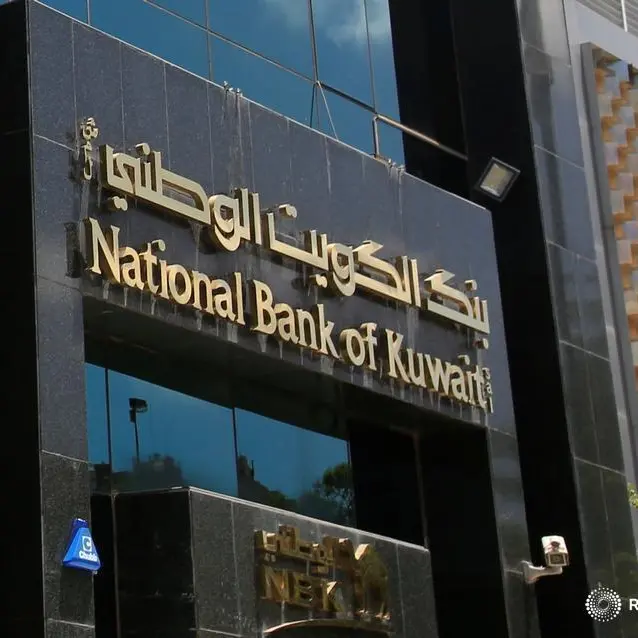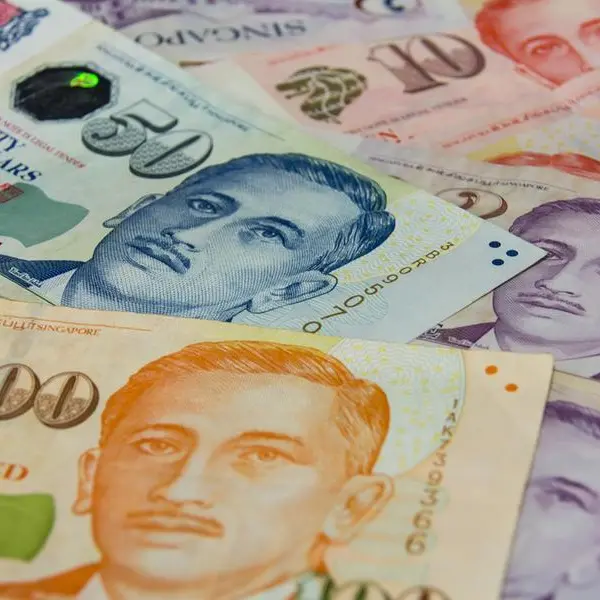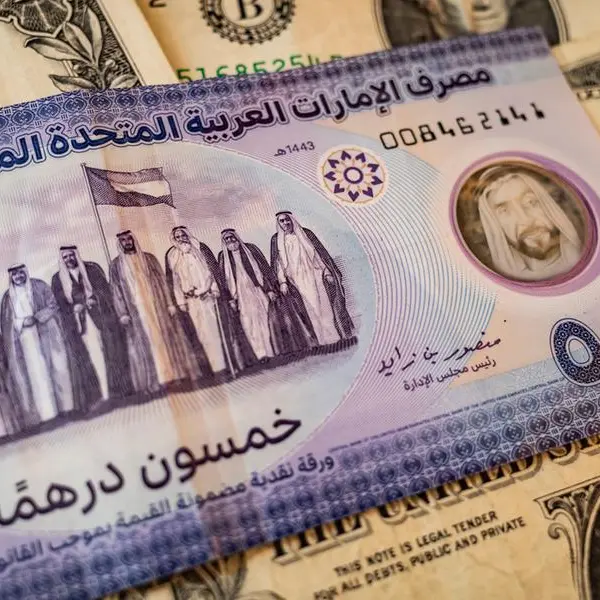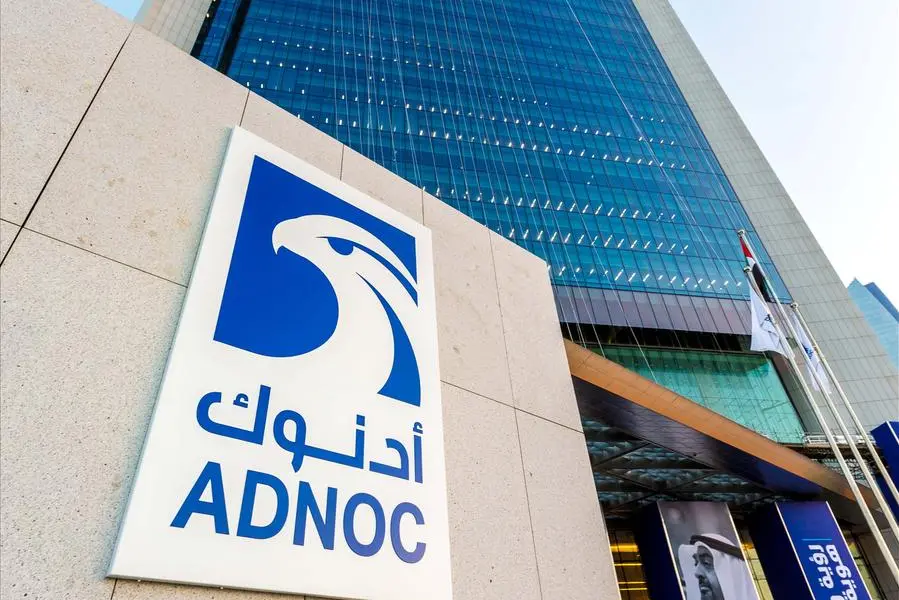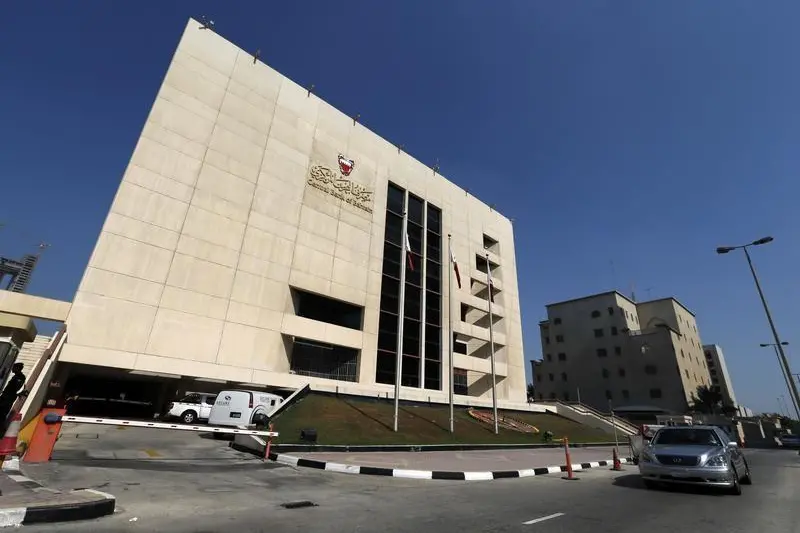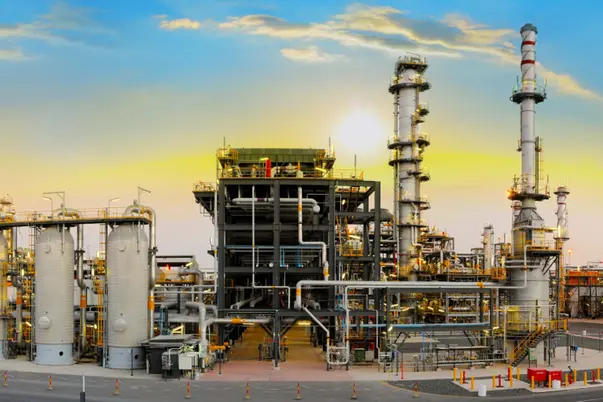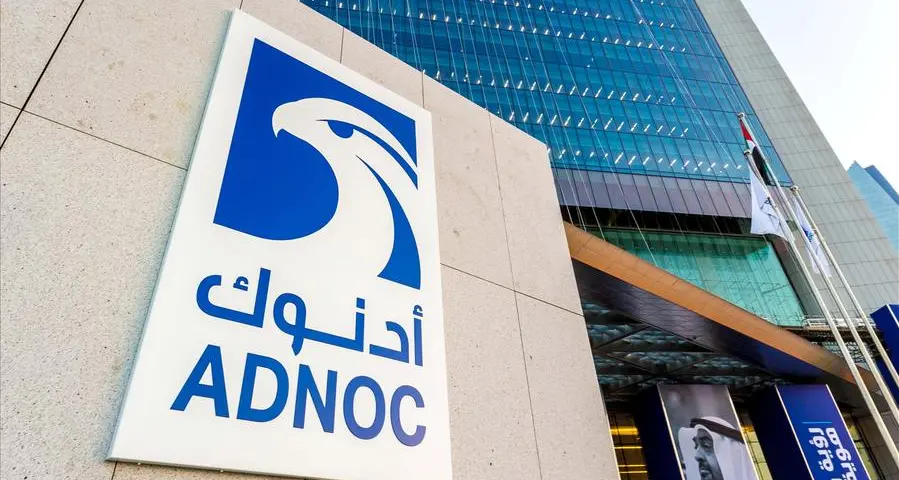PHOTO
RIYADH — Saudi Arabia's economic liquidity recorded a new peak with a growth rate of 9% on an annual basis to reach SR2,898,706 million by the end of the second quarter of 2024.
The current level, with a growth of SR238,150 million, is the highest, compared to the same period in 2023, when it amounted to SR2,660,556 million. The liquidity levels reflect the money supply in its broad and comprehensive concept (M3), according to data provided by the monthly bulletin of the Saudi Central Bank for July 2024.
Liquidity levels grew by 3% on a quarterly basis, with an increase of SR74.960 billion compared to the end of the first quarter, when it amounted to SR2,823,745 million.
There was a growth of 5.5% since the beginning of the year, with an increase of more than SR148,830 billion, over SR2,720,957 million at the end of January 2024.
The liquidity level reached SR2,869,788 million by the end of July 2024.
The liquidity levels are a strong indicator of economic and commercial health and contribute to achieving positive rates in the economic development process.
By reviewing the four components of money supply (M3) in its broad and comprehensive concept, “demand deposits”, which are the largest contributor to the total money supply (M3), recorded a percentage of 49%, with a value of SR1,421,423 million, by the end of the second quarter of 2024.
The “time and savings deposits” recorded SR903.712 billion, the second largest contributor to the total money supply (M3), at 31%.
"Other cash deposits" reached SR344,384 million, with a contribution rate estimated at 12% of the total money supply (M3), making it the third largest contributor, the report said.
Cash in circulation outside banks" came in the fourth place, with a value of SR229,187 million, with a contribution rate of about 8% of the total money supply (M3).
Quasi-cash deposits consist of residents’ deposits in foreign currencies, deposits against documentary credits, outstanding transfers, and repurchase (repo) operations conducted by banks with the private sector.
Domestic liquidity (M1) consists of cash in circulation outside banks, in addition to demand deposits, M2 includes M1 plus time and savings deposits, while the broad definition M3 includes M2 and other quasi-cash deposits.
© Copyright 2022 The Saudi Gazette. All Rights Reserved. Provided by SyndiGate Media Inc. (Syndigate.info).
